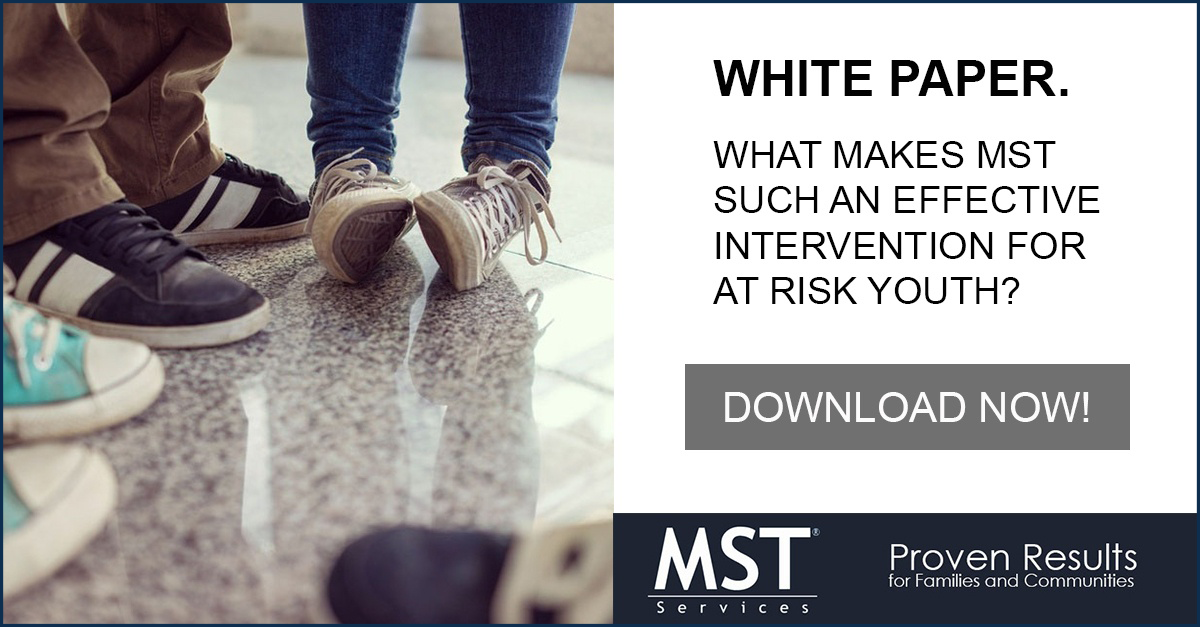
Louisiana added Multisystemic Therapy (MST) to drug courts. This is why.
29% of high-school students reported drinking alcohol, and 22% said they used marijuana in 2019. However, studies show that due to COVID-19, young adults with mental health issues are more likely to report an increase in drinking; during the pandemic, the percentage of students who used alcohol rose to 30.4%. Using and abusing drugs as a minor has been shown to contribute to academic difficulties, mental-health problems, negative peer relationships, and involvement in the juvenile justice system. We know that adolescents are hard-wired to take risks. Thus, many teens will experiment with drugs and alcohol, and will not grow to abuse these substances. But what can be done to help those who escalate from experimentation to misuse, abuse or a substance misuse disorder?


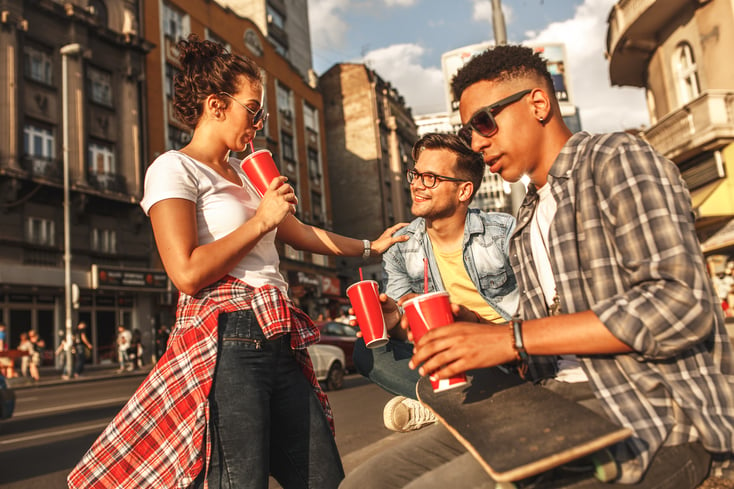 Summer is here, and teenagers have a break from academic responsibilities—allowing them to have more time on their hands. During these months, the majority of adolescents have less structure and supervision and it is not a time to ignore the actions of youth illegal activity. While the overall juvenile arrest rates are decreasing, the number of teens who get in trouble with the law each summer remains high.
Summer is here, and teenagers have a break from academic responsibilities—allowing them to have more time on their hands. During these months, the majority of adolescents have less structure and supervision and it is not a time to ignore the actions of youth illegal activity. While the overall juvenile arrest rates are decreasing, the number of teens who get in trouble with the law each summer remains high.
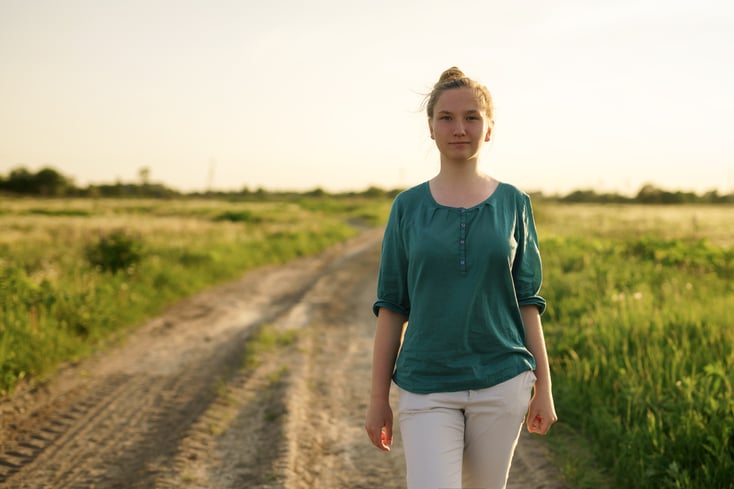 Truth be told, there are a number of barriers to mental health services in rural communities throughout the United States. The question is, why?
Truth be told, there are a number of barriers to mental health services in rural communities throughout the United States. The question is, why?
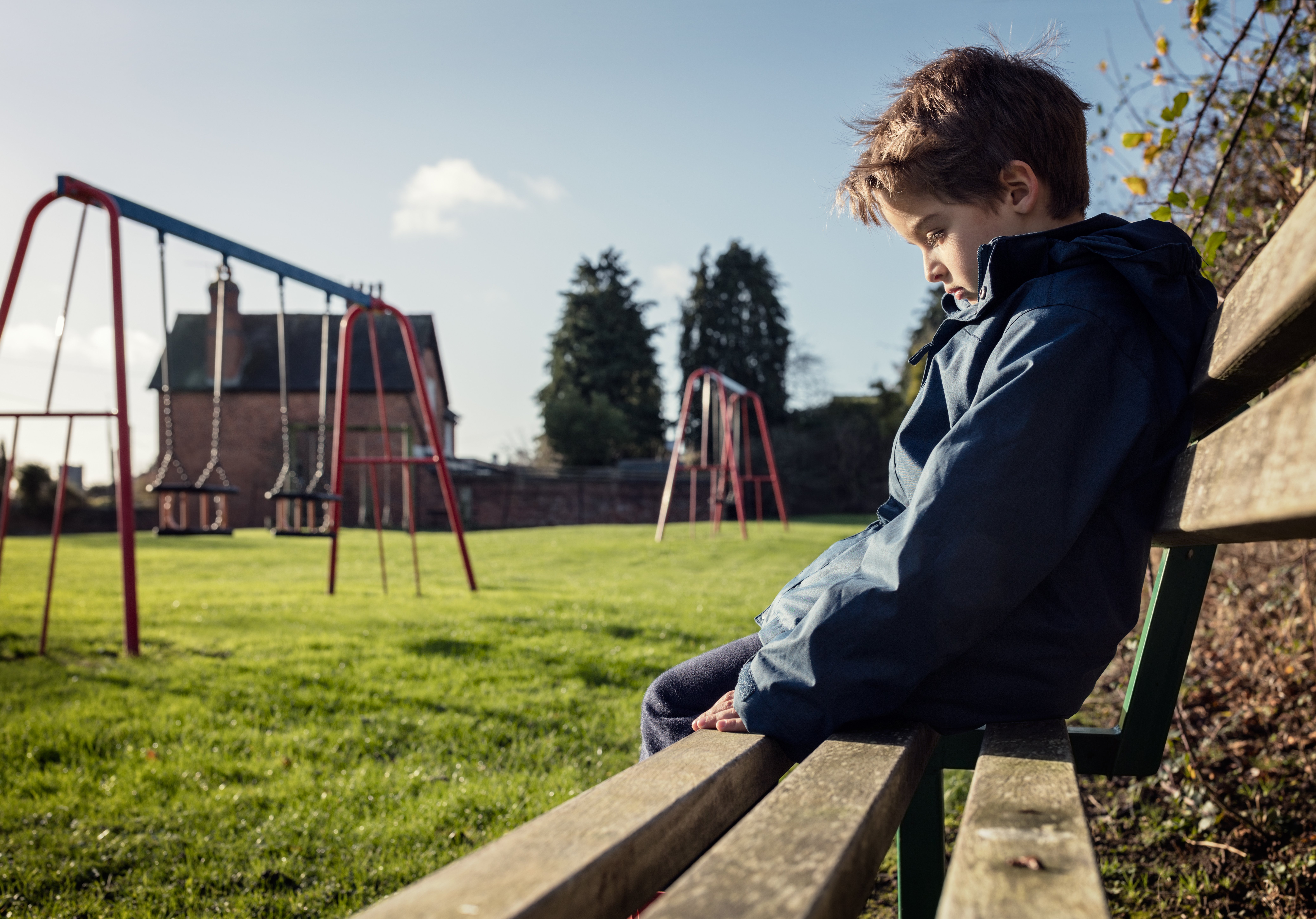 Every year around
Every year around 
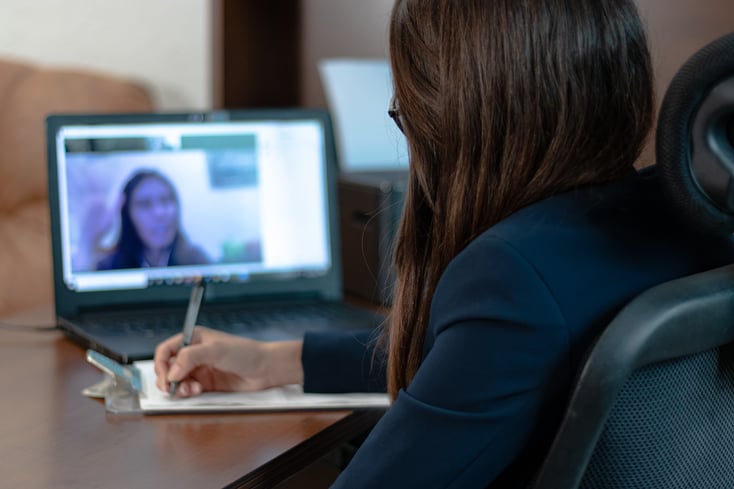 Telehealth was once used as a solution to reach rural communities, underserved populations, and clients in secured facilities such as prisons, but it has now become a normality in the healthcare industry. Due to the global pandemic in 2020, healthcare systems had to quickly overcome barriers brought on by the inability to provide face-to-face services; our education, justice, and housing systems all had to do the same. Despite these unprecedented challenges, telehealth has developed a new, possibly more efficient, way to provide services to all individuals in need.
Telehealth was once used as a solution to reach rural communities, underserved populations, and clients in secured facilities such as prisons, but it has now become a normality in the healthcare industry. Due to the global pandemic in 2020, healthcare systems had to quickly overcome barriers brought on by the inability to provide face-to-face services; our education, justice, and housing systems all had to do the same. Despite these unprecedented challenges, telehealth has developed a new, possibly more efficient, way to provide services to all individuals in need.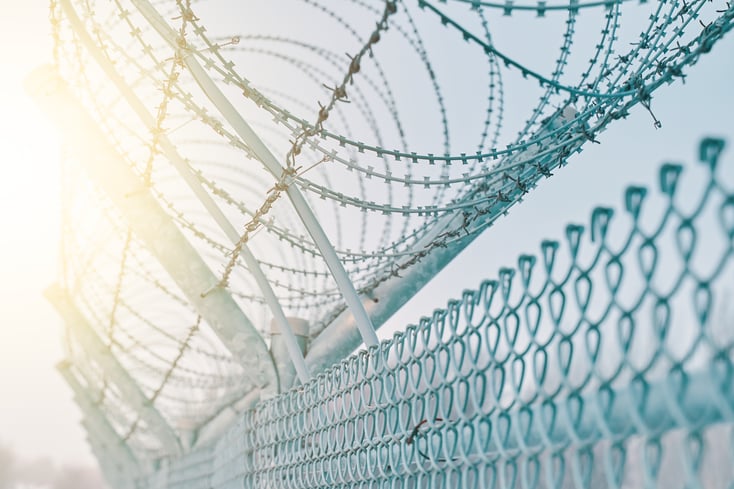 Picture a juvenile detention center. You might envision long hallways filled with cells that house justice-involved adolescents, a dull colored cafeteria, or barbed wire fences. Now picture
Picture a juvenile detention center. You might envision long hallways filled with cells that house justice-involved adolescents, a dull colored cafeteria, or barbed wire fences. Now picture  As 2020 comes to an end, we would like to celebrate our MST clinicians, supervisors, program leaders, experts, and Network Partner Directors and the youth, families, and communities they served. Like many other organizations around the world, MST Services had to transition to a virtual environment due to the pandemic. Despite the many challenges our clinicians faced, they were still able to transform the lives of vulnerable populations through telehealth methodologies and we want to extend a thank you.
As 2020 comes to an end, we would like to celebrate our MST clinicians, supervisors, program leaders, experts, and Network Partner Directors and the youth, families, and communities they served. Like many other organizations around the world, MST Services had to transition to a virtual environment due to the pandemic. Despite the many challenges our clinicians faced, they were still able to transform the lives of vulnerable populations through telehealth methodologies and we want to extend a thank you.